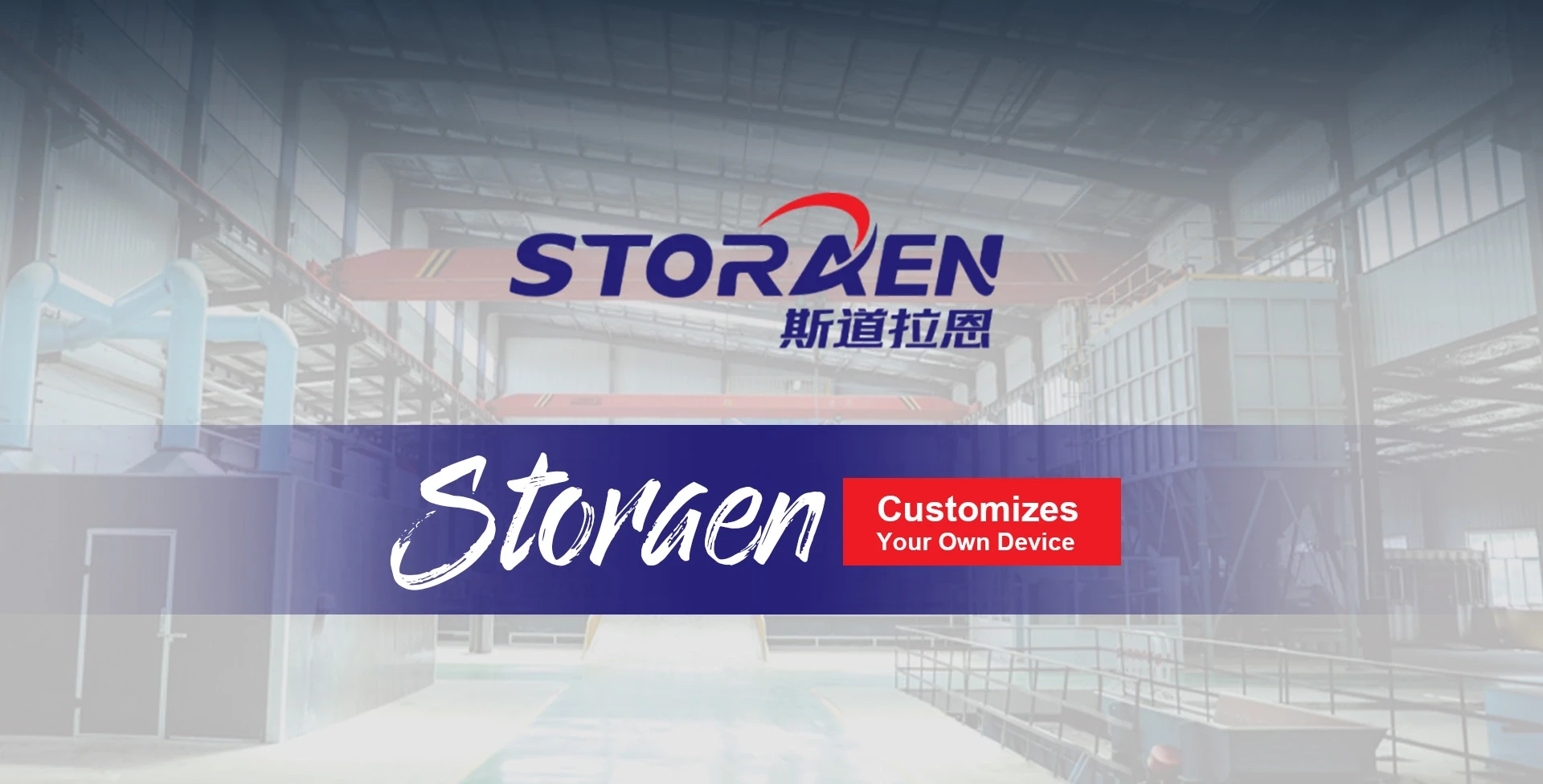Nov . 18, 2024 12:47 Back to list
thread gauges
Understanding Thread Gauges A Comprehensive Guide
Thread gauges are indispensable tools in the realm of manufacturing and engineering, primarily employed for inspecting and measuring the accuracy and quality of threaded components. These gauges play a crucial role in ensuring that threaded parts fit seamlessly and function effectively in various applications, from automotive to aerospace.
What Are Thread Gauges?
Thread gauges are precision instruments used to assess the profile and dimensions of screw threads. They come in various forms, designed to measure different aspects of threads, including pitch, diameter, and depth. The most common types of thread gauges include plug gauges, ring gauges, and thread calipers. Each type serves a unique purpose, catering to different measuring needs in the manufacturing process.
1. Plug Gauges These are used to check internal threads. A plug gauge is inserted into the threaded hole to verify if the thread is cut to the required specifications. They come in two varieties the go gauge, which should fit easily, and the no-go gauge, which should not fit at all. This binary check ensures that the internal threads meet the desired standards.
2. Ring Gauges Conversely, ring gauges are utilized for external threads. A ring gauge is designed to fit over the external threaded part, allowing engineers to ascertain if the external dimensions meet the specifications. Like plug gauges, ring gauges also have go and no-go components.
3. Thread Calipers These are versatile tools that measure the pitch diameter of threads and can be adjusted to various sizes. While not as precise as plug and ring gauges, thread calipers provide an excellent means of quickly assessing thread profiles during the manufacturing process.
Importance of Thread Gauges
thread gauges

The significance of thread gauges in manufacturing cannot be overstated
. First and foremost, they ensure quality control. By verifying the dimensions of threaded parts, manufacturers can prevent issues such as misalignment, loosening of components, and premature wear. Each of these problems can lead to costly repairs and potentially hazardous situations, especially in critical applications like machinery or braking systems in vehicles.Additionally, thread gauges contribute to the overall efficiency of manufacturing processes. Using these gauges allows for a streamlined inspection process, reducing the likelihood of defects making it through to the final product. By catching issues early, manufacturers can save time and resources, leading to greater productivity and profitability.
Selecting the Right Thread Gauge
When choosing a thread gauge, several factors need to be considered. The type of thread (metric, unified, etc.), the size of the components, the material being used, and the specific application all play a role in determining the appropriate gauge. For example, precision applications may require higher-quality gauges made from hardened steel or carbide, ensuring longevity and accuracy.
Moreover, it is essential to use calibrated gauges, as worn or damaged tools can yield inaccurate measurements, leading to further complications down the line. Regular maintenance and calibration of thread gauges are vital practices that ensure their reliability.
Conclusion
In conclusion, thread gauges are fundamental tools in manufacturing and engineering that facilitate the precise measurement and verification of threaded components. Their role in quality control, efficiency, and safety cannot be underestimated. By choosing the right type of gauge and maintaining them properly, manufacturers can enhance their production processes, ensuring that the threaded parts meet stringent quality standards. As industries continue to evolve, the importance of thread gauges will undoubtedly remain at the forefront of ensuring precision engineering.
-
Why Metric Trapezoidal Thread is Ideal for Precision Motion ControlNewsAug.05,2025
-
The Unique Properties of a Block of Granite for Industrial UseNewsAug.05,2025
-
The Role of Flanged Y Strainers in Preventing Pipeline ClogsNewsAug.05,2025
-
The Importance of Regular Calibration for Master Ring GagesNewsAug.05,2025
-
How a Cast Iron Surface Table Enhances Accuracy in ManufacturingNewsAug.05,2025
-
Comparing Different Check Valve Types for Optimal Flow ControlNewsAug.05,2025
Related PRODUCTS









